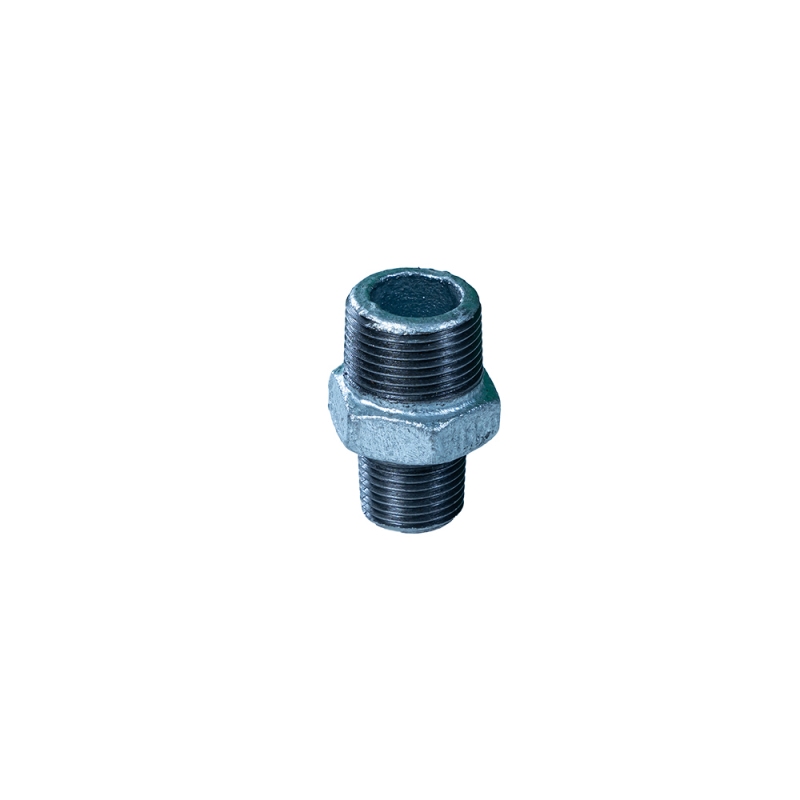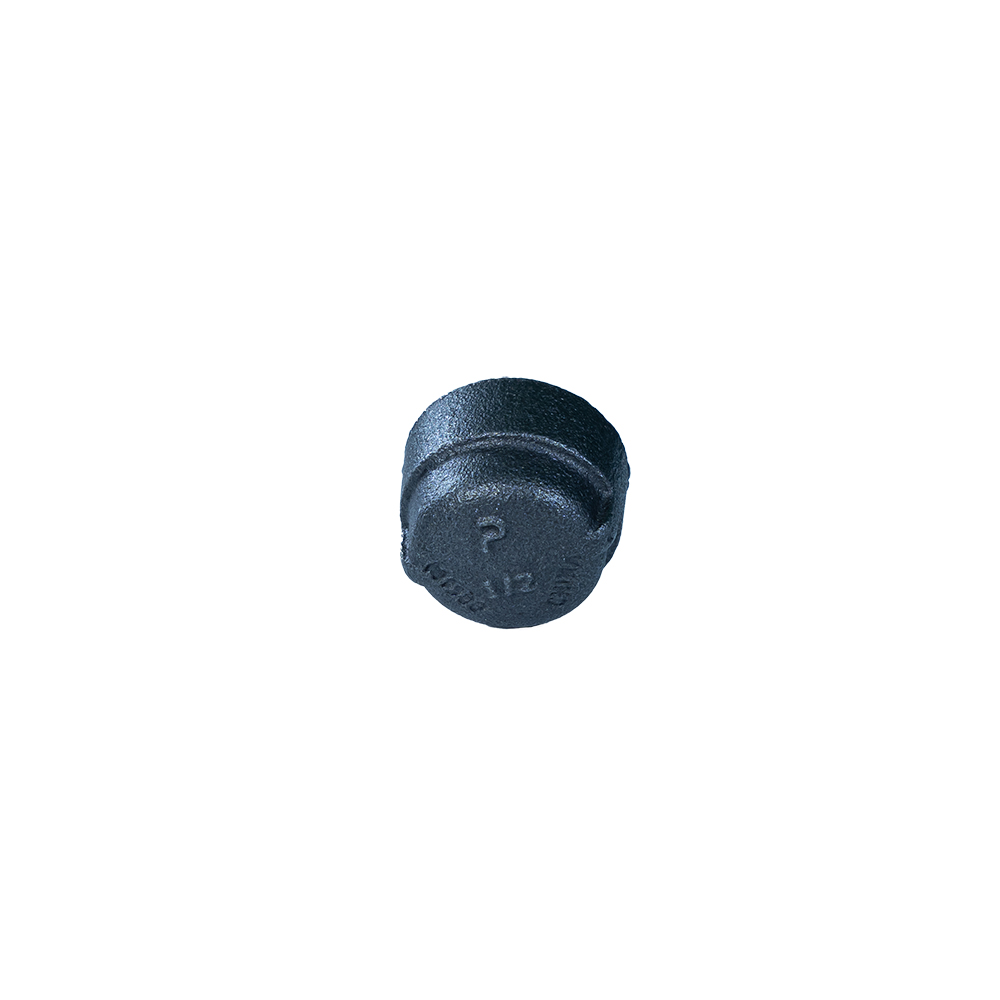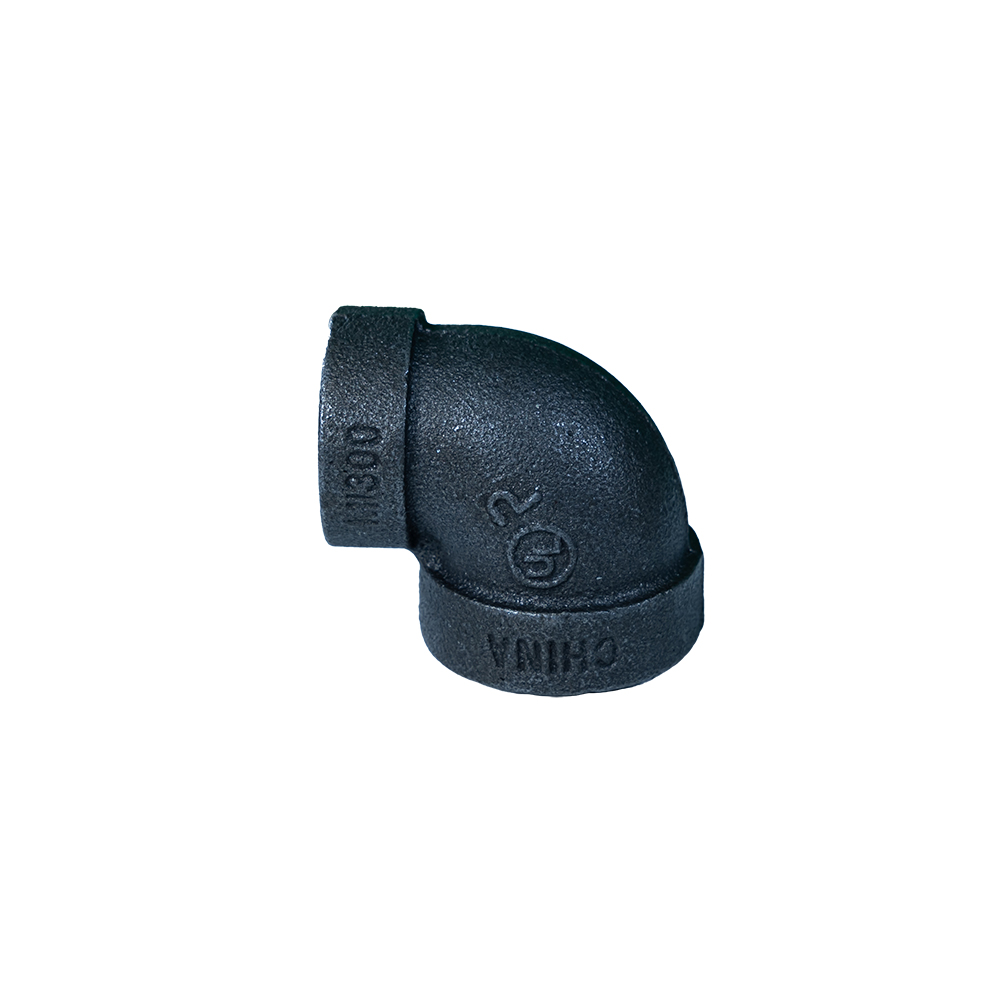The Essential Role of Iron Fittings: What They Are and Why They Matter Globally
Iron fittings, though often overlooked, form the unsung backbone of a vast spectrum of infrastructure worldwide. From the pipes delivering clean water to industrial plants powering cities, these simple components carry immense logistical and humanitarian weight. The global construction and manufacturing sectors rely heavily on iron fittings' durability and versatility — which is no small issue considering the United Nations estimates that over 2 billion people still lack access to safely managed drinking water (UN Water).
Understanding iron fittings not only deepens our grasp of industrial development but sheds light on crucial global challenges like sustainability, economic growth, and disaster resilience. It’s for these reasons that this humble component deserves a closer look.
Global Context: The Worldwide Demand for Reliable Iron Fittings
The demand for iron fittings mirrors broader trends in urbanization and infrastructure modernization. The World Bank projects that by 2050, nearly 70% of the world’s population will be urban, putting untold stress on plumbing, heating, and industrial systems. Iron fittings are at the heart of that network — connecting, securing, and maintaining functional pipelines and machinery.
However, issues such as corrosion, supply chain disruptions, and inconsistent quality standards often challenge their effectiveness, especially in developing regions. To complicate matters, international safety and quality norms (ISO 49:2014 for malleable cast iron fittings, for example) set exacting standards that manufacturers and buyers must navigate. This is a tricky balancing act between cost, performance, and availability — one that's far from trivial if you care about long-term infrastructure resilience.
What Are Iron Fittings? A Simple Definition
Iron fittings are prefabricated components made chiefly from cast iron or wrought iron used to join sections of pipe, change direction, or regulate fluid flow in plumbing and mechanical systems. Think of them as the vital connectors and elbows of any piping network. They ensure fluid reaches its destination safely and efficiently, whether that's potable water, steam, or industrial chemicals.
More than just hardware, iron fittings represent decades of engineering evolution — tailored to meet sectors ranging from municipal water supplies to heavy industry, and even humanitarian emergency setups in disaster zones.
Key Quality Aspects of Iron Fittings
Durability & Corrosion Resistance
One big selling point is how well iron fittings withstand wear, corrosion, and the passage of time — especially when treated with protective coatings like epoxy or galvanization. This resilience means fewer breakdowns and long maintenance cycles, which is a boon both for municipal budgets and end users.
Compatibility & Scalability
They come in standard dimensions but can also be customized to fit specialized applications, from tiny household connectors to massive industrial joints. This flexibility lets engineers scale-up projects or integrate pipework across varied systems without a bottleneck.
Cost Efficiency
Iron, as a raw material, is affordable compared to some high-tech alloys, and mass production keeps unit costs down. Couple that with easy installation and low failure rates, and you’ve got an economical net benefit, especially in infrastructure projects with tight budgets.
Safety & Compliance
Modern iron fittings adhere to strict international standards ensuring safe fluid containment and minimal leakage risk — crucial in potable water lines or hazardous chemical transport. This factor alone can be lifesaving, quite literally.
Environmental Impact & Sustainability
Recyclability is another underappreciated factor; iron fittings often have a large recycled content and, at end of life, can be reprocessed, helping circular economy efforts in construction materials.
Mini Takeaway:
- Iron fittings combine strength, flexibility, and affordability to meet diverse industrial needs.
- They address critical global challenges associated with infrastructure resilience and safety standards.
Global Applications of Iron Fittings: From Metropolitan Giants to Remote Outposts
Iron fittings find their way into almost every sector requiring dependable piping solutions. In North America and Europe, they're ubiquitous in municipal water and sewage networks, ensuring millions of households receive clean water. Meanwhile, in Asia and Africa, iron fittings often underpin expanding urban centers where legacy systems were once inadequate.
Notably, in post-disaster zones such as after earthquakes or floods, fast and reliable plumbing repairs depend heavily on readily available iron fittings. NGOs deploying emergency shelters with integrated water systems often rely on these components for their rugged reliability (Red Cross resources).
In industrial zones, including oil refineries and chemical plants, highly specialized iron fittings handle high pressures and temperatures where failure is simply not an option.
Product Specifications Snapshot of Typical Iron Fittings
| Feature | Specification | Units |
|---|---|---|
| Material | Ductile cast iron | - |
| Standard Size Range | 0.5 - 12 | inch |
| Pressure Rating | 150 - 300 | psi |
| Coating | Epoxy powder coated | - |
| Temperature Range | -10 to 120 | °C |
Comparing Leading Iron Fittings Manufacturers
| Vendor | Material Quality | Global Reach | Price Range | Sustainability Commitment |
|---|---|---|---|---|
| IronWorks Co. | High-grade ductile iron | Worldwide | $$ - $$$ | ISO 14001 certified |
| Global Pipe Fittings | Malleable cast iron | EMEA, APAC | $ - $$ | Energy-efficient manufacturing |
| MetroFit Industries | Ductile cast iron with coatings | North America & Europe | $$ | Recycling programs |
Advantages & Long-Term Value of Using Iron Fittings
When engineers and project managers talk about iron fittings, the benefits boil down to a few convincing points:
- Cost Savings: In real terms, investing upfront in quality iron fittings reduces frequent repairs and replacements, yielding significant life-cycle savings.
- Reliability: Iron fittings' tendency to resist leaks and maintain joint integrity under pressure means fewer emergency failures.
- Social & Environmental Impact: Choosing recyclable materials aligns with sustainable construction goals and social responsibility efforts.
- Safety & Peace of Mind: From a human perspective, knowing your water supply or heating system is secure builds community trust — which often gets overlooked in tech specs.
Future Trends & Innovations in Iron Fittings
The iron fittings sector is quietly evolving with the times. Manufacturers are increasingly adopting smarter production techniques such as 3D printing molds and integrating sensors for real-time pressure and flow monitoring — a push towards “digital fittings,” in a sense. Green coatings and bio-based anti-corrosion layers are also emerging to reduce environmental footprint further.
In parallel, policy shifts toward circular economies motivate suppliers to enhance recyclability and minimize waste. Oddly enough, these ancient metal components are proving to be carriers of innovation...
Challenges in the Iron Fittings Industry and Their Solutions
Of course, it's not all smooth sailing. Common issues include:
- Corrosion over time, especially in aggressive chemical environments.
- Difficulty sourcing consistent high-quality products in remote or developing regions.
- Installation errors due to lack of skilled labor.
Solutions come through better material science (like ductile iron alloys), expanded local production capacities, and ongoing training programs for installers — all aimed at tackling these stumbling blocks head-on.
Frequently Asked Questions About Iron Fittings
A: Depending on material quality and environmental conditions, iron fittings can last 30-50 years or more, especially if coated against corrosion and maintained properly.
Q2: Are iron fittings suitable for use with drinking water?A: Yes, many iron fittings are specially coated to meet health standards and are commonly used in potable water systems when compliant with local regulations.
Q3: Can iron fittings be customized for specialized industrial uses?A: Absolutely. Vendors often offer tailored dimensions and pressure ratings to match unique project specifications in fields like oil & gas or chemical processing.
Q4: How do iron fittings contribute to sustainability?A: Through their recyclability and long lifespan, plus emerging green coating technologies, iron fittings support eco-friendly infrastructure development.
Q5: What should buyers look for when selecting iron fittings?A: Key criteria include compliance with international standards, supplier reputation, material quality, and warranty or certification details.
Wrapping It Up: Iron Fittings as a Foundation for a Durable Future
It’s easy to forget how these modestly sized iron components enable the complex systems we rely on daily—from clean water flowing in homes to the steam lines running factories. Their role in fostering safe, sustainable, and cost-effective infrastructure is undeniable. With global urbanization and climate challenges pushing the limits, investing in quality iron fittings is not just smart — it’s essential.
If you’re in the market or just want to explore what modern iron fittings can do, don’t hesitate to visit our website for reliable products and expert advice.
Final mini takeaway:
The humble iron fitting is more than just pipe hardware — it’s a crucial enabler of resilient infrastructure and a quiet hero in global development.
References:
Post time: Nov-15-2025









